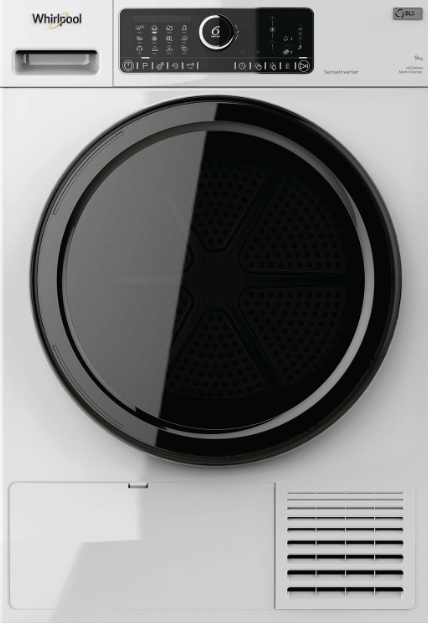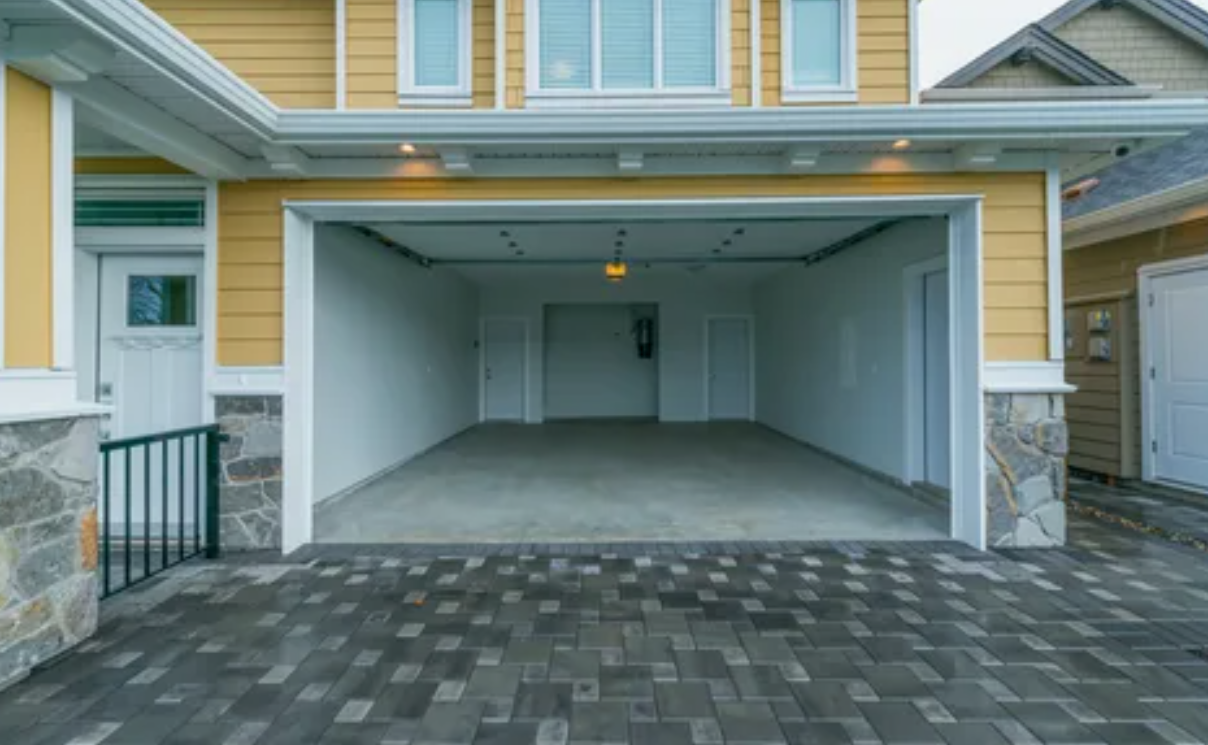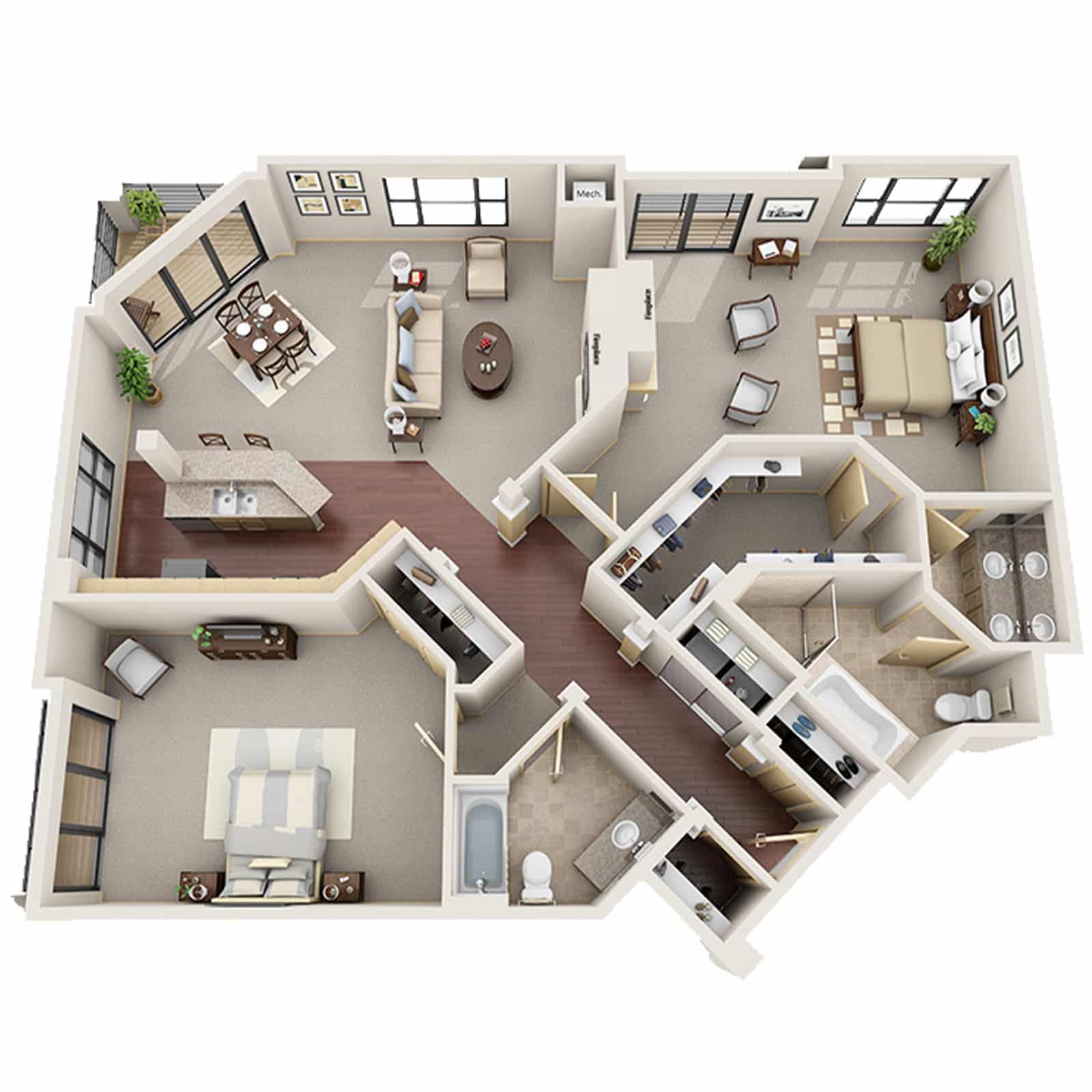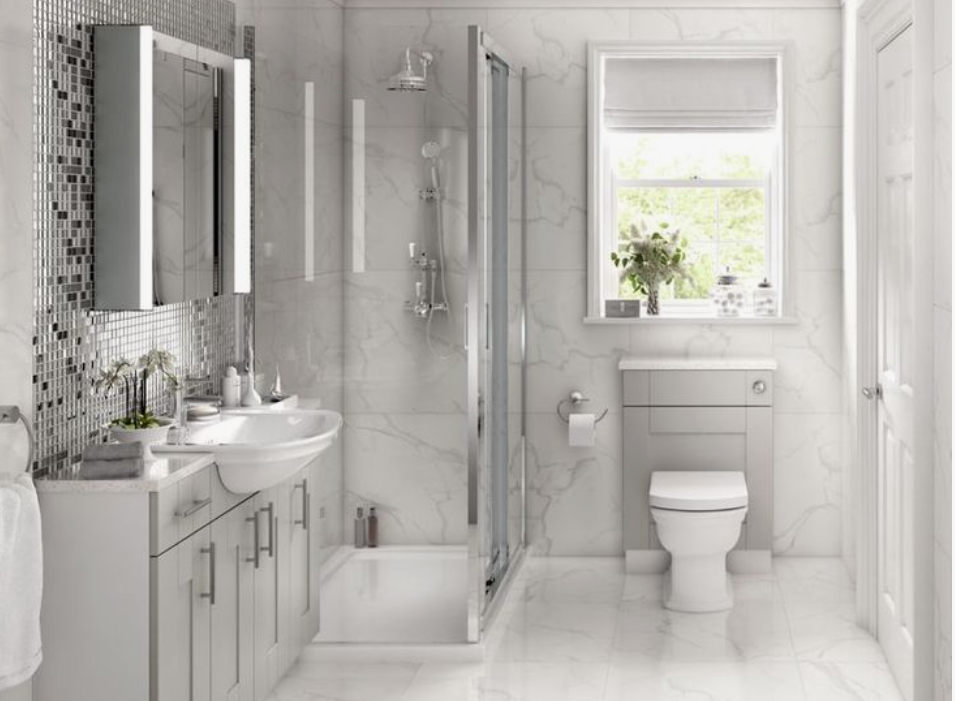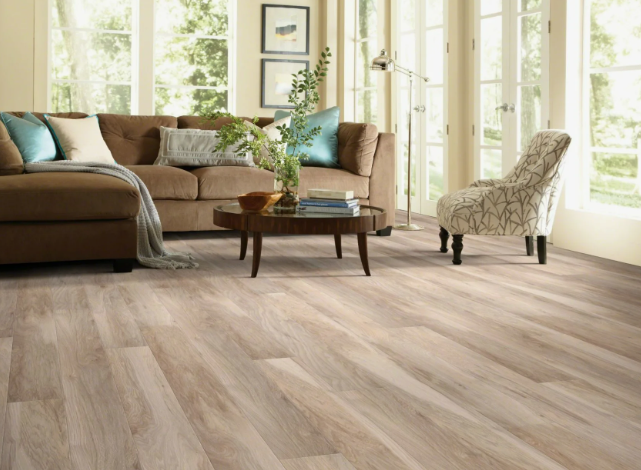
Almost every aspect of how people live and work in society has been altered by technology. In just a few decades, technology has completely changed the world, from smartphones to the Internet. The experience of designing and constructing a structure has been significantly influenced by technology for architects, home builders, and home designers. Technology influences architectural design from beginning to end, even how clients interact with the design process. Technology can increase a building's durability and efficiency while also making it simpler for architects to render a building design more precisely.
Different architectural construction planning tools have arisen in recent years, influencing how we design. The field of architectural planning will eventually be digitized alongside the rest of the globe, it seems inevitable. While many people view this change negatively, I think it's for the better. I don't know why we don't use technology in the office to increase our productivity as architects when we already use it in our daily life to save time and energy.
Technology and Architecture
The intersection of technology and architecture has always been fragile. In a genuine sense, architecture, and design are applied sciences that leverage technological advancements in research and development to advance their work and produce structures and products that are not only more interesting but also more responsible and beneficial. Everything is getting simpler to do with better results, from digital rendering and drawing to construction documentation and building. Here are some of the impacts of technology on architecture.
Buildings are Improved Using 3D Printing Technology
You may have heard that 3D printer can produce tiny machine parts. You might be surprised to learn that constructions of a far larger size can be created using 3D printing. Buildings, bridges, and houses may all be built using 3D printers. Although 3D printing is not yet widely employed in architectural and construction companies, it is quick, affordable, and capable of producing sturdy structures. It won't be long until architects start to consider using 3D printers in regular building design.
Renderings are Simple to Save and Display with Digital Sketchbooks
Architect sketchbooks used to be bulky, covered in graphite, and could easily take up a lot of room on shelves in an office. Today's sketchbooks are digital, making it simple to save, access, and show all drawings without a scrape of graphite touching anything. This makes it much easy for an architect to share an idea with a colleague and makes it much easier to show clients a sketch.
Smart Technology has an Impact on Building and Home Designs
Customers now expect smart technology in their buildings and residences. Smart technology has the potential to boost efficiency, comfort, and security. Smart HVAC, security, and lighting technologies make houses more comfortable and aesthetically pleasing. To suit consumer demand, architects are already incorporating smart technology into their designs.
Photo-Realistic Renderings Create a Colorful Picture of Finished Product
Photo-realistic drawings have altered how architects visualize projects, while virtual reality has altered client presentations. Using photo-realistic models, architects may produce incredibly lifelike pictures of future structures. This makes it feasible for architects to produce a more accurate depiction of their finished project, allowing them to better capture an idea and refine a design before it is created.
Climate Change Predictive Software
Building performance will be affected by climate change since it impacts the environment in which they are located. With the use of modern software, architects can now foresee how certain climatic conditions may impact a structure before it is even constructed. This makes it possible for architects to design stronger, more adaptable structures. Using specialist software, architects can design structures that will perform better over many years and survive longer.
Conclusion: Architecture Continues to Advance with Technology
Architecture will advance along with technology. Every day, technology is enhancing human life and resolving long-standing issues that people face. How can we work more quickly? How can we improve our comfort? How do we raise the standard of living? What steps might we take to live longer, more productive lives? Technology may improve civilisation one structure at a time by altering how buildings are constructed and by altering how houses and buildings function.
There is no doubt that following a transformative year, architects will witness the integration of an increasing number of technologies into their everyday workflows. Technology advancements are likely to lessen, if not completely eliminate, the industry's many obstacles. Furthermore, these technological tendencies are undoubtedly opening up new opportunities for greater creativity, productivity, increase in efficiency, and optimization of our work processes for years to come.
Future-ready, imaginative architects will soon make their living from their ability to accept new technology. Our industry will advance if we stop thinking of ourselves as "worker bees" and begin exploring new possibilities with our imagination and critical thinking skills.

About Author : Eagan Taylor
Hey! I'm Eagan Taylor, I'm a versatile writer with a passion for crafting engaging and thought-provoking content. With a broad range of interests and expertise in various subjects, I can write on multiple topics about local businesses.


